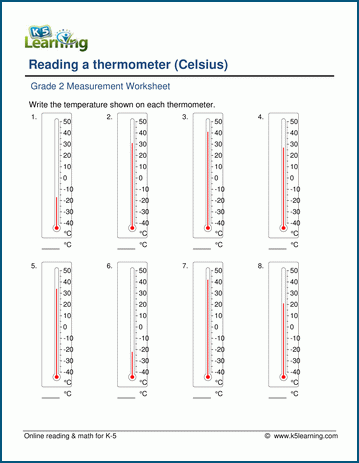Whether you road race, autocross, run in Time Trial or HPDE, your goal is always to extract maximum performance from your car. Driving and car setup are two key elements that lead to improved performance. Both require insight, dedication and hard work. Of the two, driving is somewhat easier to understand from a learning perspective. Car setup is more difficult because racecar dynamics is a complex subject few racers understand. And unfortunately, race engineers in all of the various flavors, tend to complicate the situation, especially in the modern world of specialization.
When I was studying mechanical engineering, a wise professor made an interesting comment: “If you are a hammer, every problem looks like a nail.” His point was that to be a really good engineer, one must see the whole picture and consider all options when trying to solve problems. That allows the engineer to make the best compromises that lead to improvements.
Throughout my career, I have worked with many race engineers from shock companies, tire companies and suspension companies. Without fail, every engineer from every type of company shared a single trait: Each one wanted to “cure” a handling problem with their product. Shock guys wanted to fix every ill with shocks, tire guys with tires and spring guys with springs. But none of them looked at the big picture. What is happening to the entire platform?
I learned early on that the best way to understand what is going on with the handling of a car at — or near — the limits of tire traction is to monitor tire temperatures. The first step is to analyze the temps at each tire. By taking three readings across the surface, you can optimize that tire’s traction, meaning that the entire contact patch of the tire is working to the maximum. This is done by adjusting tire pressure and camber. Until each tire is generating the most possible traction, the overall performance will not be at its peak.
I started doing this when racing stock cars on oval tracks and it is an easy and precise way to learn about what can be done to maximize tire traction of the whole platform. You can tell if a car is understeering or oversteering in general or overall terms. You can tell if the cross weight percentage is correct from diagonal average temperatures and you also can tell if you would benefit from moving static weight around in the car (static weight distribution). What you cannot monitor is transitional handling, which happens over a very short period of time. Shock absorbers have the greatest impact on transitional handling characteristics and a good driver is the best tool for getting shock valving properly set, followed by a good data-acquisition system. Short of that, taking tire temperatures is a good way to gather data, and is a low cost data-acquisition system.
There are several ways to alter handling balance. You can change spring rates, bar rates, cross weights, suspension geometry, shock rates, roll center location, tire pressure or static weight distribution. But handling balance is only part of the story. The goal for any racing situation is get maximum traction from the tires, ideally all of the tires. Each tire is capable of making a fixed amount of traction on a given car under given track conditions. Nothing you do can cause the tires to make more traction than that limit. But how you tune the chassis and work the tire contact patches will determine how much traction you actually have available. The goal is to minimize the loss. A key way to do this is to optimize the tire’s contact patch with the track surface and optimize the load on all four contact patches relative to a given spot on the race track, corner entry, midturn or corner exit.
But handling balance is only part of the story. The goal for any racing situation is get maximum traction from the tires, ideally all of the tires. Each tire is capable of making a fixed amount of traction on a given car under given track conditions. Nothing you do can cause the tires to make more traction than that limit. But how you tune the chassis and work the tire contact patches will determine how much traction you actually have available. The goal is to minimize the loss. A key way to do this is to optimize the tire’s contact patch with the track surface and optimize the load on all four contact patches relative to a given spot on the race track, corner entry, midturn or corner exit.
While not a factor for street driving, any form of motorsports competition requires the optimization of tire traction at each tire contact patch and at the highest possible level of grip from all four tires. So how do you know what’s going on? The best way is to monitor tire temperatures. Tire temperatures tell the traction tale effectively. The good news is, tire pyrometers are inexpensive, easy to use and the most important tool you can own to get a car setup dialed-in. But there are some techniques you need to know to get the best possible data. So let’s look at how best to take tire temperatures.
The good news is, tire pyrometers are inexpensive, easy to use and the most important tool you can own to get a car setup dialed-in. But there are some techniques you need to know to get the best possible data. So let’s look at how best to take tire temperatures.
Here are some important tips for taking tire temperatures:
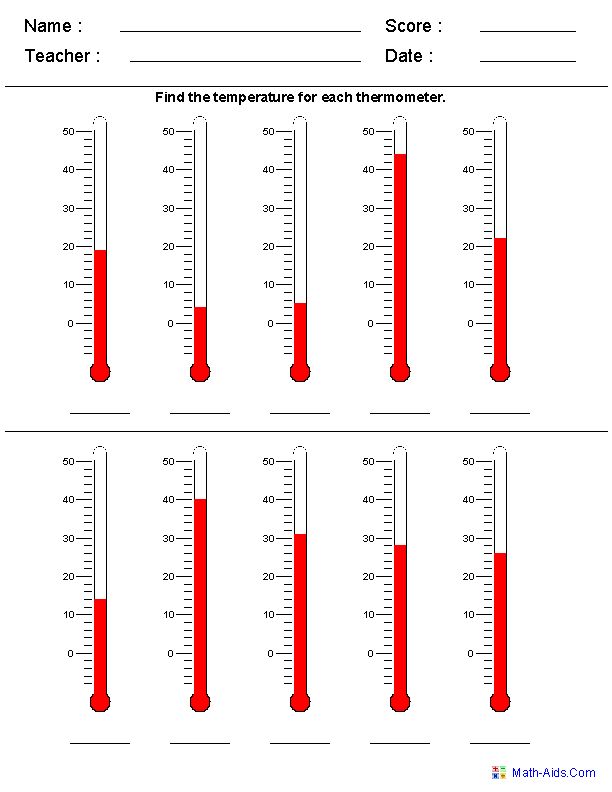 The heat also will equalize across the tire. The temperature difference decreases as time passes.
The heat also will equalize across the tire. The temperature difference decreases as time passes.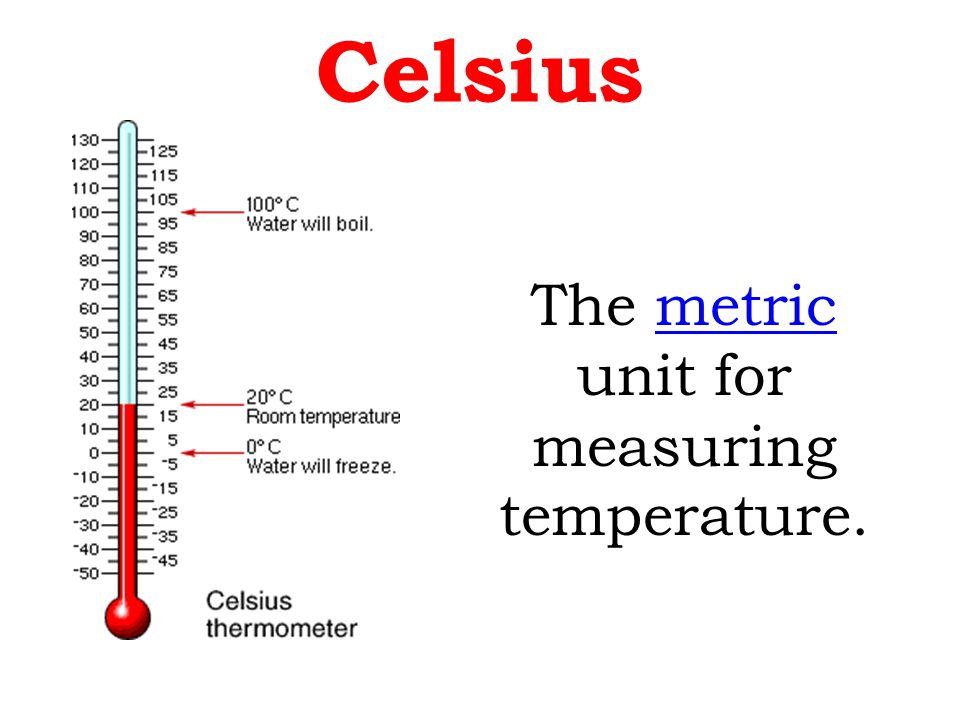

 Most tire temperature probes have a needle with stop. The needle should be inserted into the tire tread up to the stop. Hold the probe at approximately a 90-degree angle to the tire surface when inserting the probe into the tread.Drag the probe across the tire, allowing heat to stay in the probe and reducing the time it takes for the pyrometer to get an accurate temperature reading. If you start on the outside of the tire, you must push the probe across the tread, which is much more difficult.The memory pyrometer stores data for later retrieval and analysis. The best pyrometers get up to temperature quickly. The pyrometer is the most important piece of setup equipment you can have.Computerized pyrometers can store thousands of temperatures, analyze them and suggest camber and air-pressure changes.This chart shows how average tire temperatures can be recorded and averaged from side to side, front to rear and corner to corner. There is a blank one for download available here.
Most tire temperature probes have a needle with stop. The needle should be inserted into the tire tread up to the stop. Hold the probe at approximately a 90-degree angle to the tire surface when inserting the probe into the tread.Drag the probe across the tire, allowing heat to stay in the probe and reducing the time it takes for the pyrometer to get an accurate temperature reading. If you start on the outside of the tire, you must push the probe across the tread, which is much more difficult.The memory pyrometer stores data for later retrieval and analysis. The best pyrometers get up to temperature quickly. The pyrometer is the most important piece of setup equipment you can have.Computerized pyrometers can store thousands of temperatures, analyze them and suggest camber and air-pressure changes.This chart shows how average tire temperatures can be recorded and averaged from side to side, front to rear and corner to corner. There is a blank one for download available here.Download this tire temperature calculator spreadsheet to the laptop you bring to the track. It has macros that calculate average temperatures and even has instructions on what to adjust based on the temperature readings.
It has macros that calculate average temperatures and even has instructions on what to adjust based on the temperature readings.
At your favorite track, you’re fast, but cannot maintain as much cornering speed as your closest competitor. He goes through midturn and the exit of the turns just a little bit faster. You’ve been monitoring tire temperatures all season, and the temps look good. All of the inside temps are just a little hotter than the outside, and the middle temps are right in between. Pressures and camber are dialed. What else can you do? You know that tire temperatures offer clues about traction at each tire contact patch, but what about comparing one tire, or pair of tires to the others? The average tire temps provide another clue you can use to find more traction.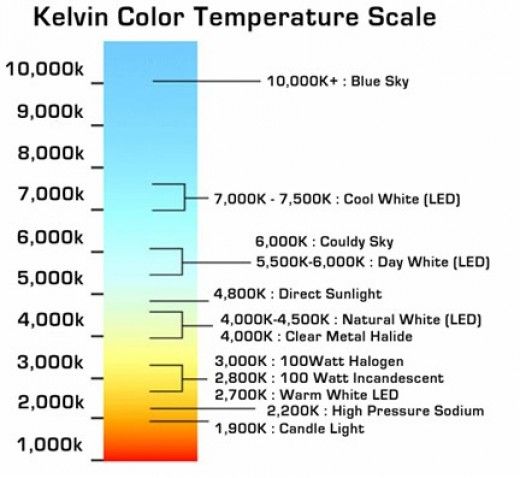 Average tire temperatures are found for each tire by adding the three temp readings together then dividing by three. In addition to the average temperature at each tire, you will want to know the average temperatures for the left side and right side, the front and the rear and the two diagonals. The goal is to get the average temps at each tire as close as possible to one another. This means that each tire is going to do as much work as possible. If one tire is much hotter, or cooler, then tuning may make your car faster. It is important to have a basic understanding of tuning the chassis, especially with tire temperatures. What average tire temperature clues can tell you is the effectiveness of static weight distribution, how cross weight is affecting the car, if the roll couple distribution is in the ball park, brake balance, how the driver is using the controls and if there may be chassis alignment problems. Always look at the individual temps because they will still tell you how well that tire contact patch is working on the track surface.
Average tire temperatures are found for each tire by adding the three temp readings together then dividing by three. In addition to the average temperature at each tire, you will want to know the average temperatures for the left side and right side, the front and the rear and the two diagonals. The goal is to get the average temps at each tire as close as possible to one another. This means that each tire is going to do as much work as possible. If one tire is much hotter, or cooler, then tuning may make your car faster. It is important to have a basic understanding of tuning the chassis, especially with tire temperatures. What average tire temperature clues can tell you is the effectiveness of static weight distribution, how cross weight is affecting the car, if the roll couple distribution is in the ball park, brake balance, how the driver is using the controls and if there may be chassis alignment problems. Always look at the individual temps because they will still tell you how well that tire contact patch is working on the track surface. Use the individual temps to tune pressures first, then camber at the front and rear.
Use the individual temps to tune pressures first, then camber at the front and rear.
If you run a wing and splitter, you can adjust downforce to put heat into the tires. But remember that aero changes affect high-speed corners much more than low-speed turns, so you still need the chassis balance to be as good as possible, focusing on low-speed cornering first, then using aero downforce to fine tune high-speed cornering. More downforce at one end means more vertical load on the tires which will increase traction at that end of the car.
Front-, Rear- and all-Wheel DriveEach type of drive system will alter how you analyze tire temperatures. For example, drive wheels will always be hotter if you monitor temps at the exit of a turn. Also, most production-based cars have an unbalanced front-to-rear weight distribution, which means that the lighter end of the car never will see temps as high as the heavier end of the car.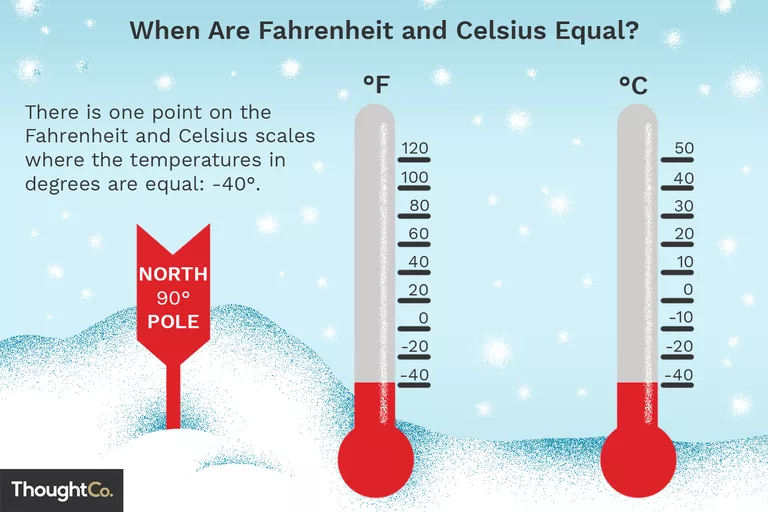 Front-drive cars are the most difficult to tune, and they usually have in the neighborhood of 60 percent front weight distribution. The first really fast front driver I drove was an IMSA International Sedan Dodge. The car was evil exiting slow corners. If you were still turning at corner exit under full throttle when the turbo boost came on, the wheel spin would cause understeer that pushed the car right off the track. The rear tire temps were much lower, so we started skid-pad testing. We found that by increasing the rear antiroll bar rate stiff enough to lift the inside rear tire just off the track surface, we had just a bit of oversteer, which helped counteract the corner-exit understeer, allowing much more throttle application. We managed to get up to 1.07 g’s of cornering force on the skid pad, an unheard of number on DOT race tires in mid-1990s. The car was the fastest of the independent entries that year, and notched a few top 10 finishes. What happens at the tire contact patch is all we really care about when trying to get the maximum traction from a race car.
Front-drive cars are the most difficult to tune, and they usually have in the neighborhood of 60 percent front weight distribution. The first really fast front driver I drove was an IMSA International Sedan Dodge. The car was evil exiting slow corners. If you were still turning at corner exit under full throttle when the turbo boost came on, the wheel spin would cause understeer that pushed the car right off the track. The rear tire temps were much lower, so we started skid-pad testing. We found that by increasing the rear antiroll bar rate stiff enough to lift the inside rear tire just off the track surface, we had just a bit of oversteer, which helped counteract the corner-exit understeer, allowing much more throttle application. We managed to get up to 1.07 g’s of cornering force on the skid pad, an unheard of number on DOT race tires in mid-1990s. The car was the fastest of the independent entries that year, and notched a few top 10 finishes. What happens at the tire contact patch is all we really care about when trying to get the maximum traction from a race car.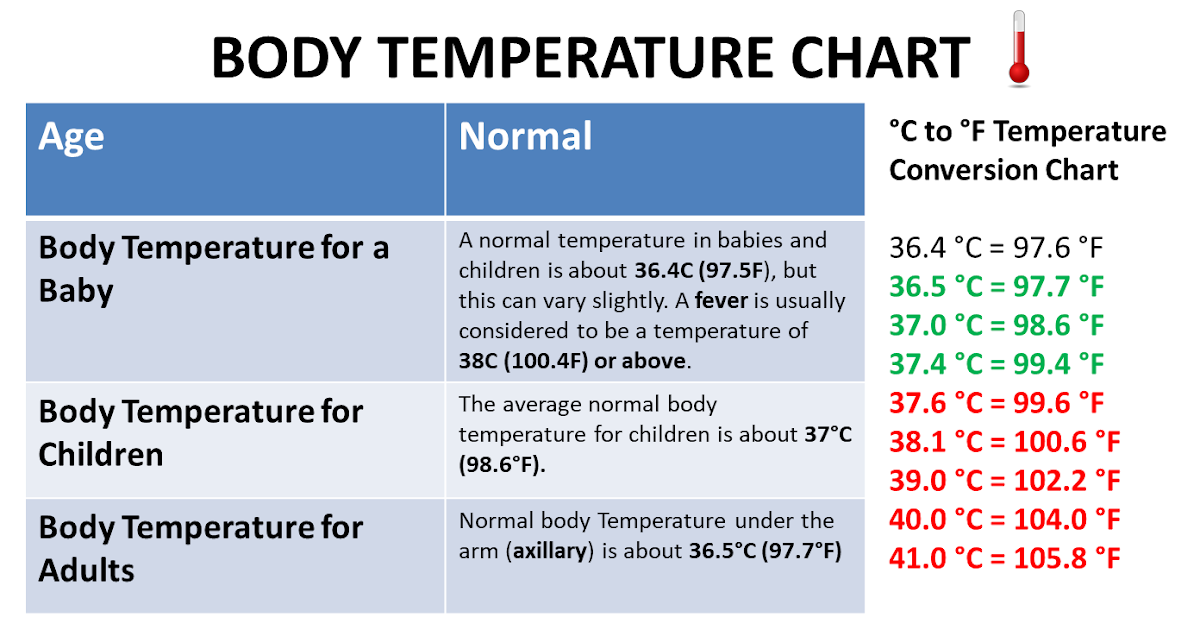 Nothing else really matters. Tire temperatures are the easiest and most cost-effective link you have to the action at the tire contact patch. Using the tire temperatures effectively can pay considerable dividends on the race track, and it’s worth the effort to learn what they mean and how to adjust setups accordingly.
Nothing else really matters. Tire temperatures are the easiest and most cost-effective link you have to the action at the tire contact patch. Using the tire temperatures effectively can pay considerable dividends on the race track, and it’s worth the effort to learn what they mean and how to adjust setups accordingly.
10 Chassis Tuning Tricks Using Tire Temperatures
Your racecar is perfectly balanced through the corners. It gets into the turns quickly, and corner exit is strong, but you consistently lose two car lengths in midturn. Toe is correct. Cross weights seem right. What could cause the car to be slow in midturn? The answer is a lack of total traction.
The goal when you set up your racecar is to get maximum traction and create a good balance all the way around the racetrack. If, for some reason, maximum traction is not there, the car will not perform to its peak at some point on the racetrack. One of the most important jobs a race team does is to get the maximum traction possible out of all tires. Here are a few tricks to help you accomplish that goal.
Here are a few tricks to help you accomplish that goal.
The harder each tire works, the more traction the car will have, and the faster the car can enter, get through and exit the corners. One sign of how hard a tire is working — and therefore the tire’s traction — is the average temperature of the tire. If the average temperature is higher than the maximum temperature for your tires, that tire is working too hard. If the average temperature is lower than that of the other tires, then that tire is not doing enough work and your car will not perform as well as it could. The colder tire needs to work harder and you need to figure out how to do that. Comparing average tire temperatures can offer a wealth of information.
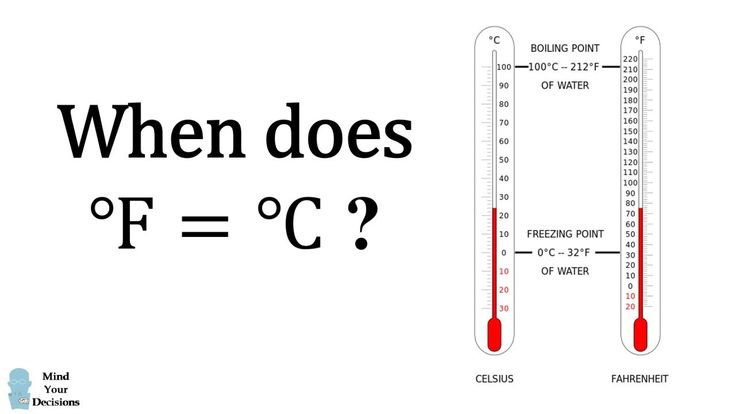 This could indicate a change is needed in roll couple distribution (spring rates and/or sway bar rates).
This could indicate a change is needed in roll couple distribution (spring rates and/or sway bar rates).
Where the average tire temperature for a given tire provides a good comparison for overall traction, the individual tire temperatures at a given tire offer solid information about what is happening at each contact patch. Comparing individual tire temperatures at a given tire can tell you how to tune that tire.
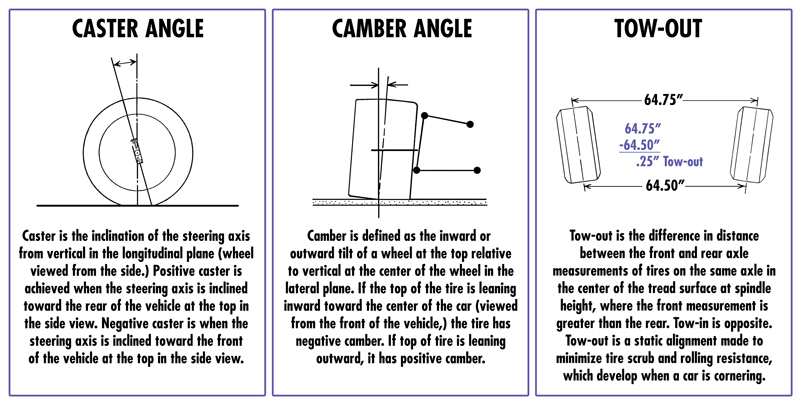 If the outside edge is too hot, there is too little negative camber.
If the outside edge is too hot, there is too little negative camber.
Tire temps are the only link you have to what is happening at the tire contact patch. The same is true for dirt-track cars. You need to know what is happening, so always take tire temps, even after a race.
The habit is to take tire temps in the pits. On a test day, you may be able to take tire temps at any point on the race track. This can give you important information about what the tires are doing under a variety of conditions. For example, if you measure temps coming off a corner, you will see how the tires are working at this critical point on the track. Naturally, for rear-drive cars, the rear tires should be hotter in this situation, just as the fronts should be hotter under hard braking. Keep these facts in mind when taking tire temps at various points.
Keep these facts in mind when taking tire temps at various points.
When you take tire temps, work fast. Tire temps equalize quickly, and tires cool quickly, so fast measurements will give you better results. If you are short-handed, hand the driver a note pad and have the driver write the temps down while the crew reads them.
Always take temps the same way every time. Start at the same tire, and always start at the either the inside or outside of the tire. Take temps in the same order around the car. Keep in mind that the last temp taken will not be as accurate as the first, since the last tire will have had more time to cool and to equalize. It is a good idea to measure the first tire temp again after the last one to get an idea about how much the last tire has cooled and equalized. Also, always record pressures after temps.
Start at the same tire, and always start at the either the inside or outside of the tire. Take temps in the same order around the car. Keep in mind that the last temp taken will not be as accurate as the first, since the last tire will have had more time to cool and to equalize. It is a good idea to measure the first tire temp again after the last one to get an idea about how much the last tire has cooled and equalized. Also, always record pressures after temps.
One way to get average tire temps closer together and to increase total traction is to look at the temps and compare them with static weight distribution. If a tire is more than 15 to 20 degrees cooler, that tire needs more static weight on it. More static weight on a cold tire means more dynamic weight on the same tire while cornering, and less on another tire. This will most often improve overall traction, although handling balance may need to be re-established.
The goal is to have dynamic weight distribution as equal as possible at each tire during a corner, and more weight on the drive wheels coming off the turns. We can calculate dynamic weight distribution, and we can use load sensors to measure dynamic weight distribution, but these are difficult or expensive options. Tire temps can give us the same basic information, and allow you to make good judgments about improving setup.
If the tire has heat, it is making traction, up to the point it gets too hot. When all tires are in the optimum range of operating temperature, you are getting maximum traction. Anything less than that indicates your race car could be getting around the track faster. Here are some important facts to keep in mind:
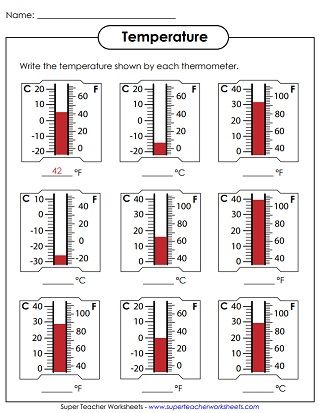
If one tire is colder than the rest, figure out how to get more heat there. Here are some tips:
 Put weight on the cold tire.
Put weight on the cold tire.Memory Tire Pyrometers
The best way to take tire temperatures is with a memory pyrometer. The Longacre Deluxe Memory Pyrometer stores 10 complete sets of temps (120 total), with quick and easy recall. It also has special software that prevents accidental erasure of the readings.
Take tire temps in the preprogrammed order, or select any order you prefer. The Longacre Deluxe computes tire temp averages for temps just taken, recalled from memory, or you can even manually enter temps taken previously to compute averages. Advanced electronics stabilize your readings quickly, giving you accurate, consistent results.
The pyrometer comes with a built-in night light with automatic shutoff, fast-response coiled cord, adjustable tire probe and a carrying case. It also features a built-in four-car stopwatch with 75-lap memory for all four cars. $375.
It also features a built-in four-car stopwatch with 75-lap memory for all four cars. $375.
http://www.ogracing.com/longacre-deluxe-memory-tire-pyrometer-with-stopwatch
The biggest advantage of an infrared pyrometer is speed. The biggest drawback is consistency. Infrared averages heat over the area within the field of view of its lens. The area the lens reads is proportional to the distance the lens is held from the heat source.
Because we need to monitor as little as one degree of temperature differential from one spot to the next on a tire, if too large an area is read, or if the area is inconsistent in size, then the data is less useful. It is critical to hold an infrared pyrometer the same distance from the tread surface every time the pyrometer is used, and it needs to be held close enough to the tread so that a spot only about one inch wide is monitored. Check the user manual to find out what distance that is with the pyrometer you own.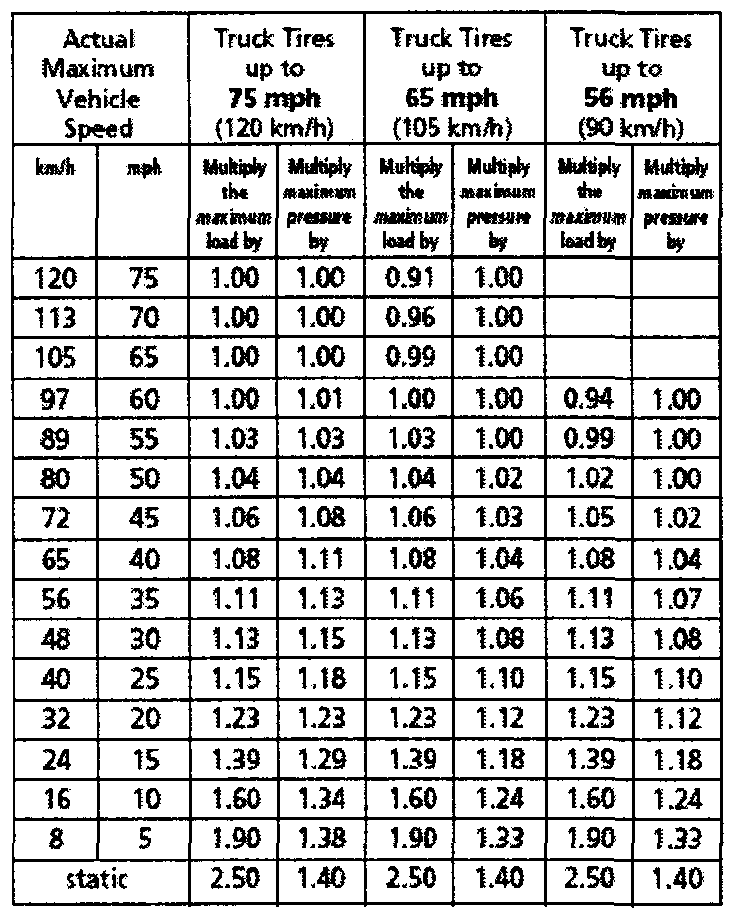 An advantage to this type of pyrometer is that by holding the lens at the proper distance, you can get an average tire temperature for each tire very easily, but again, the distance at which it is measured must be consistent.
An advantage to this type of pyrometer is that by holding the lens at the proper distance, you can get an average tire temperature for each tire very easily, but again, the distance at which it is measured must be consistent.
Finally, even though the infrared pyrometer reads temperatures very quickly, it reads the surface temp only, and the surface cools and temperature balances more quickly than the rubber below the surface. Keep these facts in mind, and decent results can be achieved with an infrared pyrometer.
http://www.ogracing.com/longacre-accutech-infrared-laser-pyrometer-600
Image courtesy of Don Alexander
Measuring tire temperatures during motorsport races is a vital aspect of ensuring the optimal performance of tires. This is because the ideal mechanical grip of racing tires is only achievable within a specific temperature range, and it is imperative to maintain the tread within this range. Operating outside this range can lead to a significant decrease in tire performance.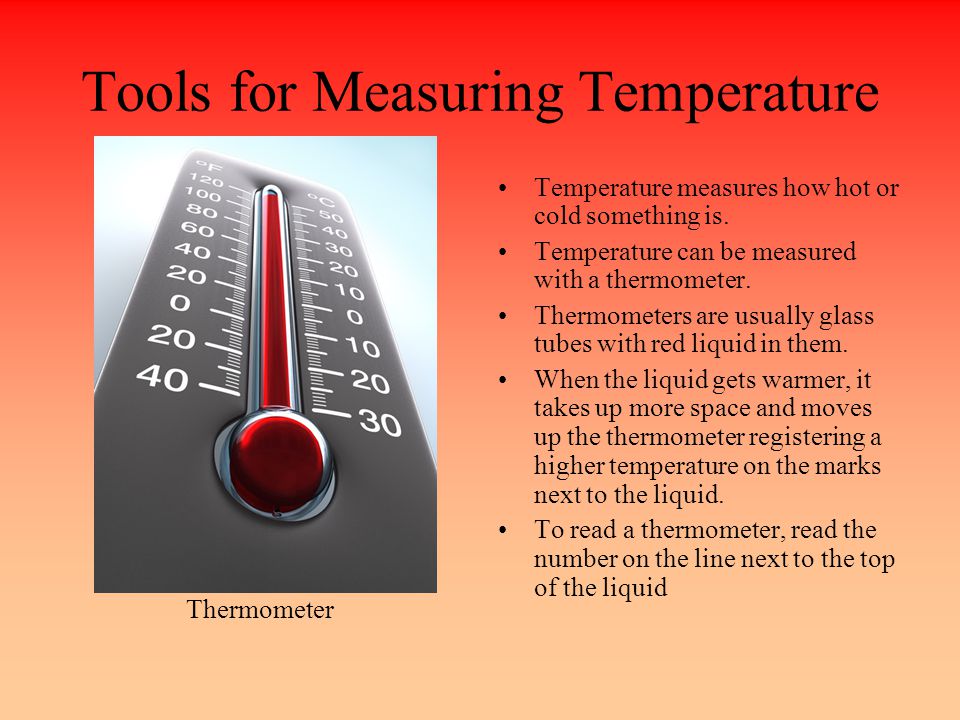 To measure tire temperatures, there are two main types of instruments used in motorsports. Non-contact temperature measurement pyrometer (infrared pyrometers) and Contact temperature measurement pyrometer (pyrometers with k-type needle probe).
To measure tire temperatures, there are two main types of instruments used in motorsports. Non-contact temperature measurement pyrometer (infrared pyrometers) and Contact temperature measurement pyrometer (pyrometers with k-type needle probe).
Non-contact temperature measurement includes infrared pyrometers, which measure the temperature from a distance.
Contact temperature measurement pyrometerContact temperature measurement pyrometer, on the other hand, includes tire pyrometers with needle probes, which measure temperature through direct contact with the tire.
Both solutions are precise in terms of accuracy; the only different thing is the way of measuring. With the needle probe pyrometer we can measure the temperature of the compound at specific points while with the infrared pyrometer, we can measure the surface temperature of the tread. Let’s now evaluate how to optimize the tread temperature measurement with the Infrared Pyrometer.
This kind of instrument uses an electrical sensor that converts the infrared radiation emitted by a body having a certain temperature greater than 0K (-273 C) into an electrical signal.
Infrared pyrometers are highly accurate and offer several advantages for measuring tire temperatures. They have a fast response time of 0.25 seconds, an accuracy of +/- 0.5 °C, and the ability to measure the average temperature of the entire tire tread. However, one of the main disadvantages is that they only measure the surface temperature of the tread and cannot measure the temperature of the compound as needle tire probes can.
Infrared Pyrometer: What is the FOV ?One common question regarding the use of infrared pyrometers is the optimal distance between the instrument and the tire tread for accurate temperature measurement. The answer to this question is related to the FOV (Field Of View) parameter of the IR sensor. The FOV is the angle within which the sensor is sensitive to infrared radiation emitted by the object being measured. It is essential that the object being measured is entirely enclosed within the FOV, as the temperature measured will be the average of all objects within the FOV.
The FOV is the angle within which the sensor is sensitive to infrared radiation emitted by the object being measured. It is essential that the object being measured is entirely enclosed within the FOV, as the temperature measured will be the average of all objects within the FOV.
All models of Prisma Electronics digital tire pyrometer with infrared sensor have on the display the symbol of the spot from which the infrared radiates so as to easily understand the point where to measure.
What is the correct distance between the infrared pyrometer and the tire to be measured?The distance between the infrared pyrometer and the tread is directly related to the FOV. The graph shows how the surface hitting the tire increases (Spot) as the distance from the instrument increases. For instance, a distance of 25 mm between the tire tread and the pyrometer results in a spot size of +/-22mm, while a distance of 75 mm results in a spot size of +/-66mm.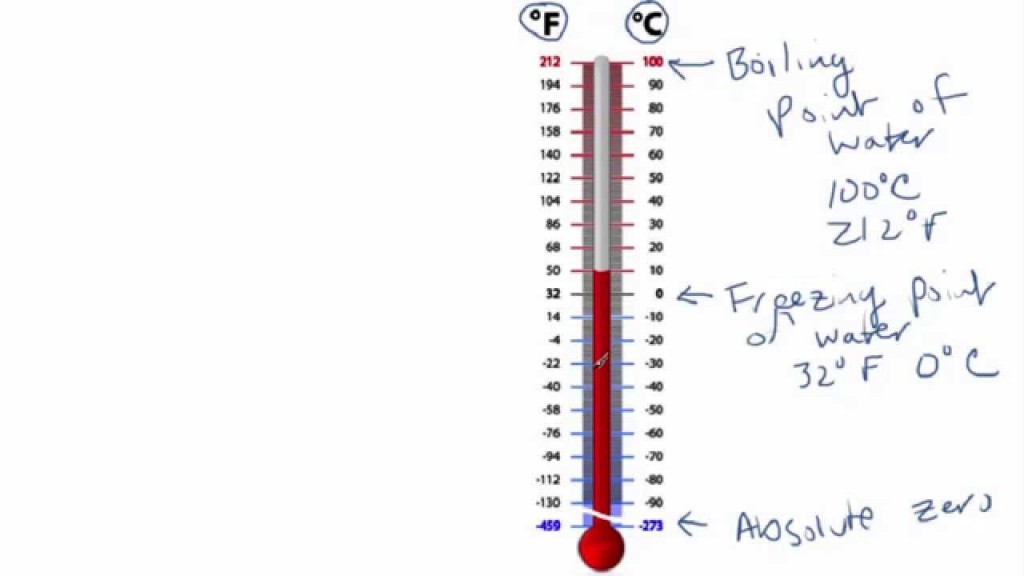 This feature provides greater flexibility in choosing the width of the tire surface to measure by adjusting the distance between the instrument and the tire.
This feature provides greater flexibility in choosing the width of the tire surface to measure by adjusting the distance between the instrument and the tire.
In motorsports, teams can optimize their tire management approach and ensure maximum tire performance by using the HPM4 + PYR2-IR + STW combo instrument, which can be used to measure tire pressure and temperatures simultaneously. By combining both instruments, teams can have a more comprehensive and effective approach to tire management during motorsport races.
Related products| Tire pressure gauge with infrared sensor pyrometer and Stopwatch –> Click here | Tire pressure gauge with infrared sensor pyrometer –> Click here |
Tire temperature is one of the key parameters for optimal performance of Formula 1 cars. Designers receive tire specifications and reference samples from suppliers in advance, solving the difficult task of finding a compromise - on the one hand, you need to avoid excessive tire wear on the course , “save rubber”, on the other hand, it is the load on the tires that allows them to be brought into the operating range of effective temperatures.
This range of Bridgestone slicks, which are used by the teams this year, is quite narrow. The average operating temperature of the four compounds is +80C, a ten-degree downward deviation sharply worsens adhesion to asphalt, and a higher one leads to granulation and rapid wear.
A car that uses rubber carefully is effective on hot pavement with a temperature of +40 ... 52C, cool weather is better for cars that use tires aggressively. If we add to this equation the influence of the abrasive characteristics of asphalt, it becomes obvious that it is very difficult to solve it.
This year, the work of the teams was complicated by the decision of the FIA to maintain last year's tire dimensions. The teams developed new cars for these sizes, but the first tests of slicks revealed a serious problem - the front wheels provided better contact with the track than the rear ones, which not only provoked strong oversteer, but also led to different warm-up rates. In 2010, Bridgestone engineers plan to solve this problem by reducing the width of the front tires.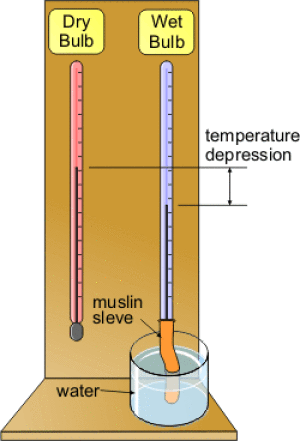
The results of the team's performance at the Grand Prix largely depend on the effective work with the tires during the Friday free practice. We often hear that on Friday teams compare the performance of two lineups at a distance - this information becomes one of the basic factors when setting up a car.
The riders do a series of laps on each compound, the temperature of the asphalt and its abrasiveness are known, so it is possible to make adjustments to the aerodynamics and suspension settings, pressing the car a little more if the tires warm up for too long, losing top speed, but gaining asphalt grip, or vice versa - slightly loosen the clamp if the rubber wears out a lot. The characteristics of both compounds are checked, while the one that is more effective in this situation is used as the base for the race distance.
For operational monitoring of tire temperature, many teams use BERU f1systems wireless sensors, or independent developments based on them. The sensor, which is the size of a lighter and weighs 35 grams, is mounted on the inside of the valve, or placed inside the rim.
A few years ago, it was enough for engineers to know the temperature of the air inside the tire, but now this information is not enough. The air temperature depends on many factors - braking, the thermal capacity of the rim, moreover, this parameter changes much more slowly than the temperature of the rubber, making it impossible to track the processes in dynamics.
BERU f1systems engineers have managed to solve this problem by developing several innovative solutions that allow not only to accurately measure the temperature of the rubber layer, but also the "virtual depth" of such a measurement. Several times per second, the collected information is transmitted by the sensor and received by the front and rear antennas of the machine, connected to the ECU electronics. After that, temperature and pressure data are available to the team when transmitting telemetry...
In gathering the opinions of manufacturers of tire pressure and temperature sensors on the operation of these systems, we have identified a number of controversial issues.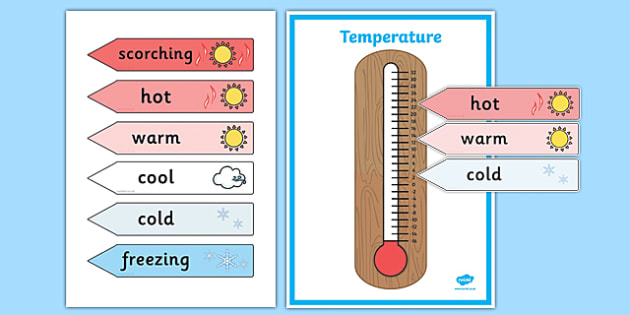 Fluctuations of which indicators are still dangerous to “miss”? What systems to prefer - external or internal execution? What to do with the "human factor"?
Fluctuations of which indicators are still dangerous to “miss”? What systems to prefer - external or internal execution? What to do with the "human factor"?
Therefore, we asked an independent expert, PTO Engineer ZAO Stroyservis Anna Kvasova, to “stand dispassionately over whites and reds” and share her experience with control systems.
And Anna's experience, I must say, is significant: several years ago she was writing a Ph.D. thesis on thermal tire failure, and today she works at a large coal mining enterprise.
The specialist's duties include, in particular, the analysis of the condition of tires on various special equipment. Therefore, we present to your attention a real professional look from the inside.
— Anna, are there many manufacturers of tire pressure and temperature monitoring systems on the market today?
- A lot, and their number is growing. When I started working on my dissertation in 2012 and did a literary review of the topic, PressurePro was mentioned more often than others - this system was the first on the market, or at least one of the first.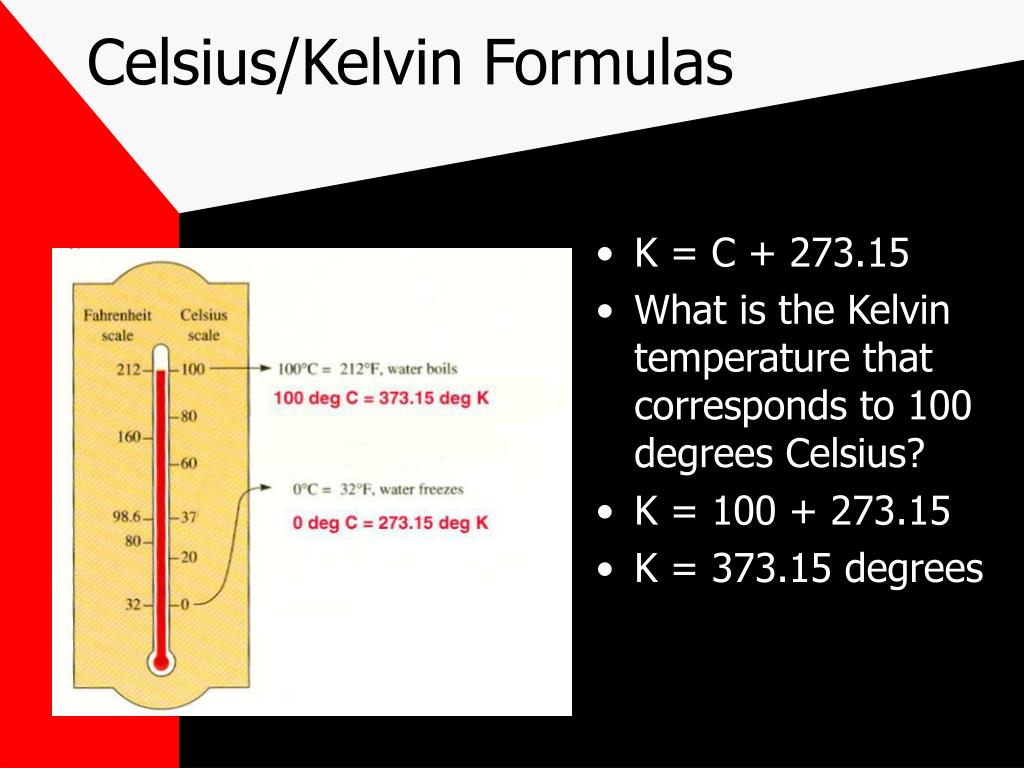 I remember that I studied in detail in one of the scientific journals the description of the use of these sensors on the technique of the Vinogradovsky cut. Later, Chinese manufacturers appeared. Manufacturers of equipment join them.
I remember that I studied in detail in one of the scientific journals the description of the use of these sensors on the technique of the Vinogradovsky cut. Later, Chinese manufacturers appeared. Manufacturers of equipment join them.
For example, BELAZ developed its own control system - it is very close to PressurePro, but still its own. Plus tire manufacturers such as Michelin, Bridgestone, Triangle. That is, there are enough offers on the market.
- Among the sensors you mentioned, there are systems of both external and internal versions. Are they the same in functionality?
- You know, I have argued with manufacturers of external sensors more than once. All of them are positioned as pressure and temperature sensors.
But let's figure it out: what temperature can an external sensor measure? At the stage of winding this sensor onto the valve, air enters it, and so the temperature of the air chamber of the sensor can be measured in this way.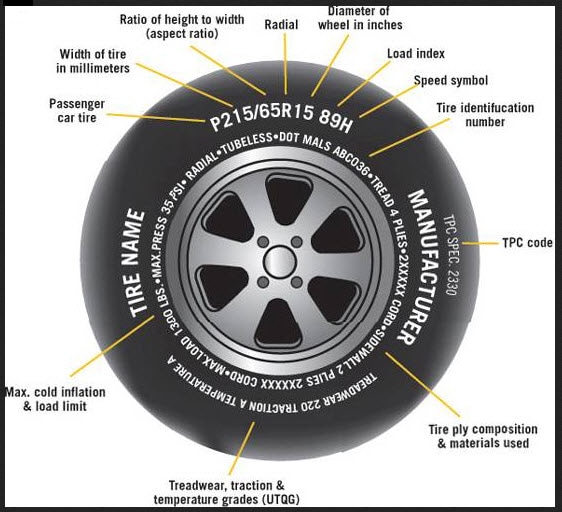 But the temperature inside the tire is most likely not, because there is no air circulation.
But the temperature inside the tire is most likely not, because there is no air circulation.
Imagine that one side of the car is in the shade, the other is in the sun, the performance will be completely different. And it is useless to try to derive the correlation coefficient, too many factors can influence.
But there is a nuance here: the temperature in the tire can be determined without direct measurements, by indirect indicators. Between pressure and temperature, in particular, a direct relationship: the higher the pressure, the higher the temperature.
Of course, external sensors for a large fleet are much more convenient: screw them on and go. The job takes an hour and a half. When we talk about installing internal sensors, we mean very serious work - the tire will have to be disassembled.
The process will take much longer. In addition, the sensor is a complex system, it can fail, which means that work will be needed to dismantle the wheel.
- What parameter should you pay attention to first of all?
- The key performance indicator for a tire is TKPH.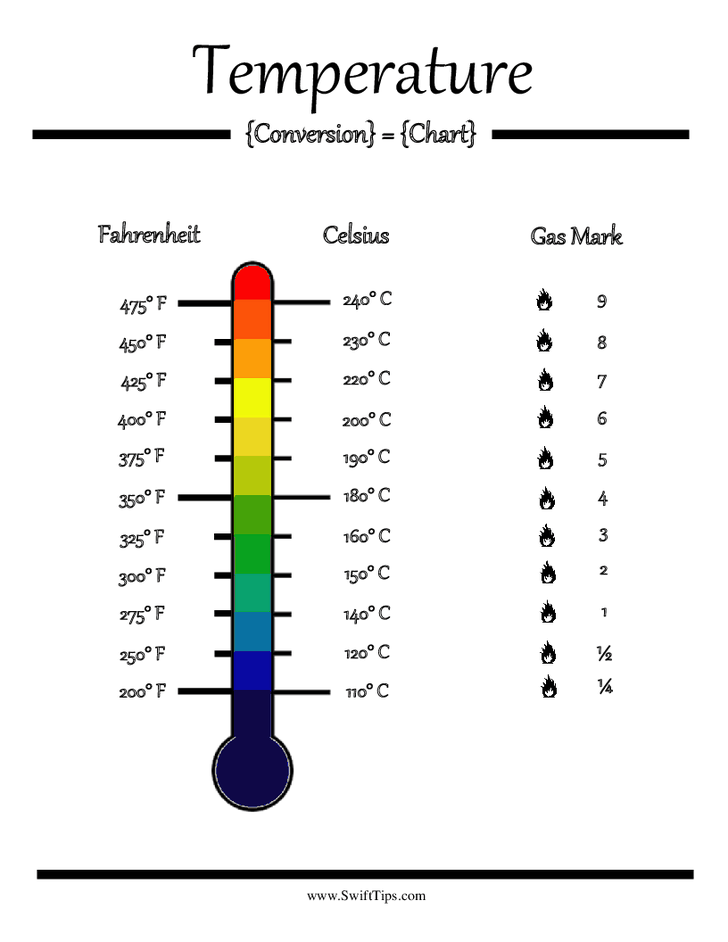 And each manufacturer regulates it, indicating the operating conditions. And tires are divided into heat-resistant, standard and cut-resistant according to this principle. One indicator excludes the other: the more cut-resistant a tire is, the less heat resistant it is. Each owner of the equipment, respectively, chooses "rubber" for the parameters of his production.
And each manufacturer regulates it, indicating the operating conditions. And tires are divided into heat-resistant, standard and cut-resistant according to this principle. One indicator excludes the other: the more cut-resistant a tire is, the less heat resistant it is. Each owner of the equipment, respectively, chooses "rubber" for the parameters of his production.
The TKPH of a tire is related to the temperature inside it. If the TKPH is exceeded, the temperature inside the tire is likely to be higher than the allowable temperature, and thermal damage is likely to occur. And at the stage of choosing tires, the enterprise must definitely plan the future of TKHF. Let's say that our mines mostly use standard tires, but at one of the sites, dump trucks travel long distances, so we decided to purchase heat-resistant tires for this mine.
If we are talking about constant control of pressure and temperature, I would single out pressure. Let's say the sensor signals: the pressure is low.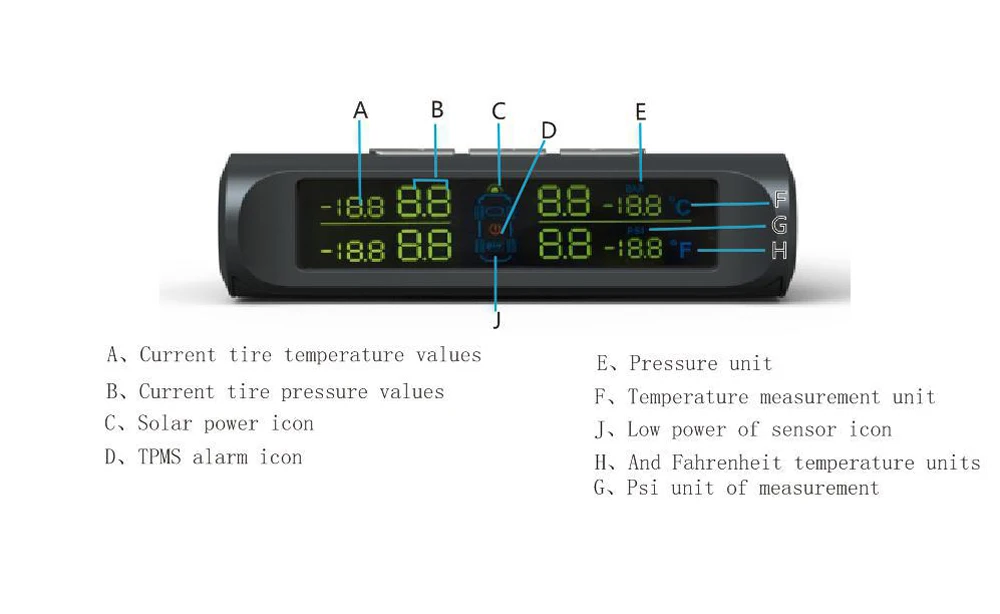 This means that the driver needs to stop, get out of the cab, inspect the tire from which the signal is received for mechanical damage that caused air leakage, and, depending on the situation, decide whether to pump this tire or send it for repair.
This means that the driver needs to stop, get out of the cab, inspect the tire from which the signal is received for mechanical damage that caused air leakage, and, depending on the situation, decide whether to pump this tire or send it for repair.
If the pressure is high, it is necessary to reduce the load or speed - bleed "hot" air, of course, is undesirable.
What if the temperature is too high? Ideally, you need to stop and cool down. But who, in real production conditions, will allow this to work?
Temperature sensors can help you when it comes to choosing the right tire with the right rubber compound. For example, the company cannot decide whether to take heat-resistant or standard "rubber".
If you take a heat-resistant one, you will lose it due to tread wear: the rubber is softer, it wears out faster, but the heat dissipation is better. And here you can use the data from the temperature sensors. Today we already have an agreement with one of the tire manufacturers to equip one piece of equipment with such a system in order to track the dynamics of temperature fluctuations and select the most suitable tires for given operating conditions.
- What factors can cause a change in pressure and, as a result, temperature inside the tire?
- A sharp decrease in pressure is most likely the occurrence of mechanical damage: breakdown or cut of the tire. There were cases when, thanks to the pressure control system, it was possible to save the tire.
For example: the driver ran into an obstacle, damaged the tire, the system signaled him that the pressure had dropped, he quickly arrived for repairs. Tire repair turned out to be quick and inexpensive, because everything was done promptly. By the way: a dump truck arrived at the repair area with a pressure in a damaged tire of 5 bar - this is a very low indicator. And visually it is no different from a wheel with a pressure of 7 bar, so without special measurements the driver would not notice anything.
While the truck is not in operation, the pressure in the tires is “cold”.
The machine starts to move - the pressure gradually increases along with the temperature, as the sidewall is deformed, the layers are rubbing.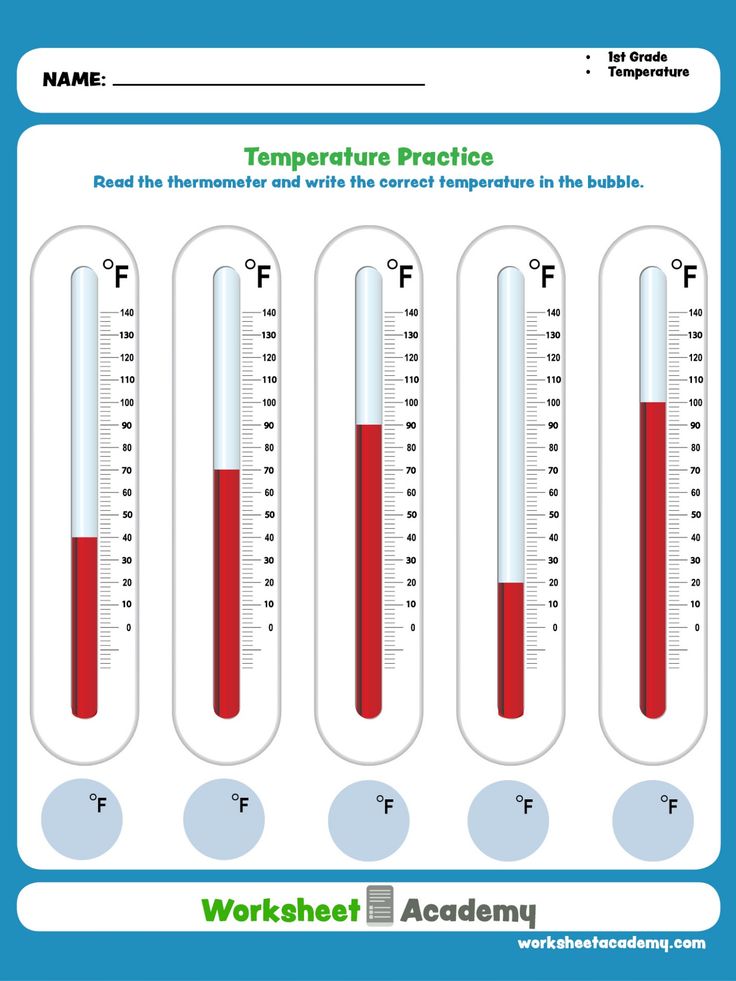 For a radial tire, the norm is an increase in the initial indicators by 15%, if we fit into this corridor, then everything is in order. For example, for Michelin 33.00R51 tires, the operating pressure should be in the range of 6.8–7.5 bar. If the pressure is under 8 bar, I understand that due to the expansion coefficient of the air, the temperature has also increased, moreover, it has increased above the permissible level. Let's say, just a few hours ago, I got a call from one of our cuts: the cars went a long distance, I need to see if everything is in order. I download the pressure data and see: on one machine it was slightly exceeded. We may have overheated it. I give recommendations: follow a specific dump truck more carefully, everything is in order with the rest.
For a radial tire, the norm is an increase in the initial indicators by 15%, if we fit into this corridor, then everything is in order. For example, for Michelin 33.00R51 tires, the operating pressure should be in the range of 6.8–7.5 bar. If the pressure is under 8 bar, I understand that due to the expansion coefficient of the air, the temperature has also increased, moreover, it has increased above the permissible level. Let's say, just a few hours ago, I got a call from one of our cuts: the cars went a long distance, I need to see if everything is in order. I download the pressure data and see: on one machine it was slightly exceeded. We may have overheated it. I give recommendations: follow a specific dump truck more carefully, everything is in order with the rest.
- Can the temperature in the tire rise sharply?
— Yes, this is possible. For example, when a dump truck is struck by electric shock or lightning. The design of radial tires implies the presence of a metal cord - through it the charge goes into the ground.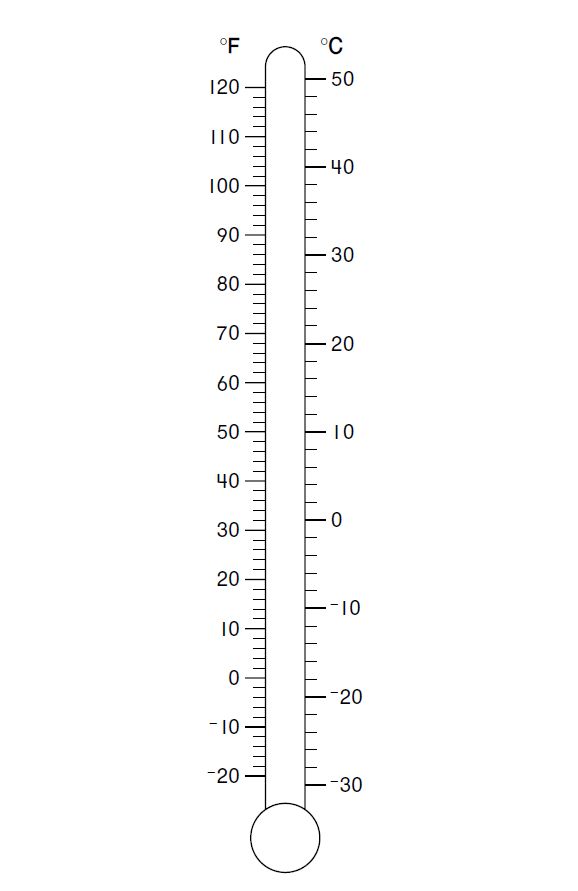 The temperature inside the tire skyrockets, the pressure rises, and the tire simply bursts.
The temperature inside the tire skyrockets, the pressure rises, and the tire simply bursts.
Or, say, welding work is carried out on a dump truck, the grounding was done incorrectly, and the machine is in contact with the soil through tires. And again: the charge passes, the temperature rises sharply.
That is, such cases are real, but it is rather something out of the ordinary.
- Is it possible that the tire will be operated at elevated temperatures for a long time?
— Yes, of course, this is a very common situation. In this case, thermal destruction begins in the tire: adhesion between the rubber layers and the cord deteriorates, delamination begins. It happens that you tap the tire and even hear a dull sound - there is a void under the tread. This means that the stratification has already started.
- You mentioned that it is possible to track the condition of tires online. So, at your enterprise, sensors are integrated with the dispatching system?
— Yes, this is a very important point.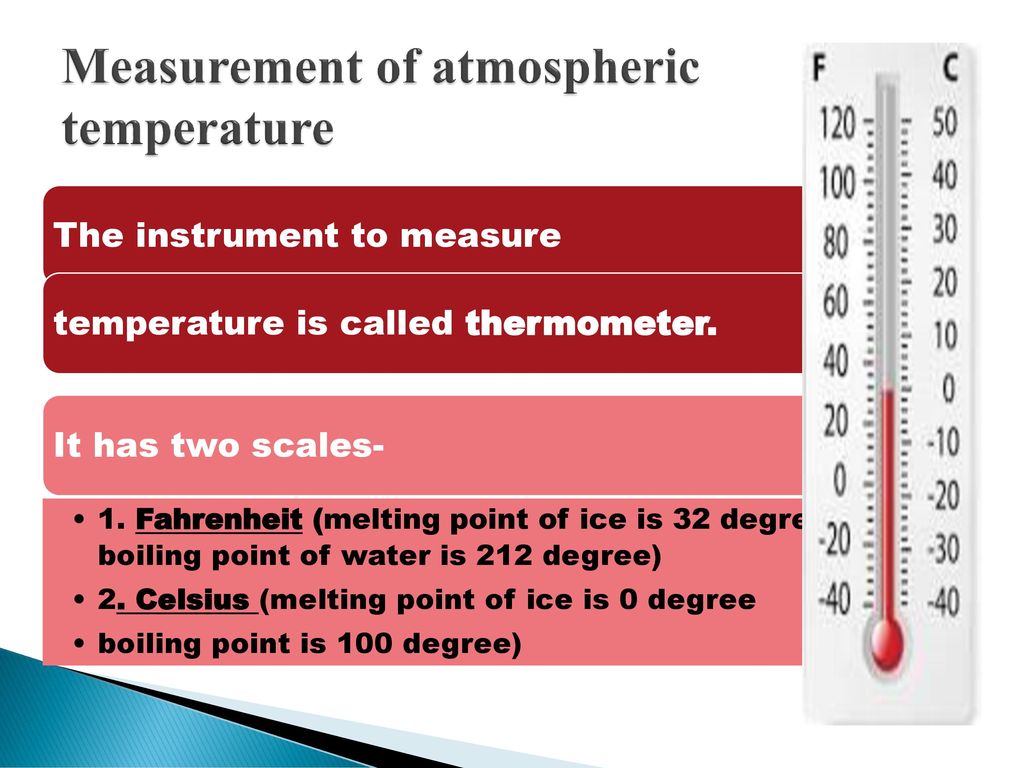 The company has an automatic control system, and specialists have online access to it. The machines work on cuts - we have five of them, and I can see from my computer what pressure is in each tire at the moment.
The company has an automatic control system, and specialists have online access to it. The machines work on cuts - we have five of them, and I can see from my computer what pressure is in each tire at the moment.
You can track the dynamics, build a graph - if such information is needed. I see, for example, that the pressure was low, and then straightened out, which means that the driver pumps up the wheel. I pass the information to the mechanics: something is wrong with the wheel, pay attention. Thus, we significantly improve the culture of exploitation.
- Tire pressure and temperature monitoring systems are definitely not new to the market. But how popular are they in Russian enterprises? Are our industrialists aware of such solutions and see them as a cost optimization opportunity?
- Everyone knows about such systems, but I can't say that everyone uses them. Many people say that they only trust their pressure gauge.
But a large number of modern enterprises see such solutions as an opportunity to save money.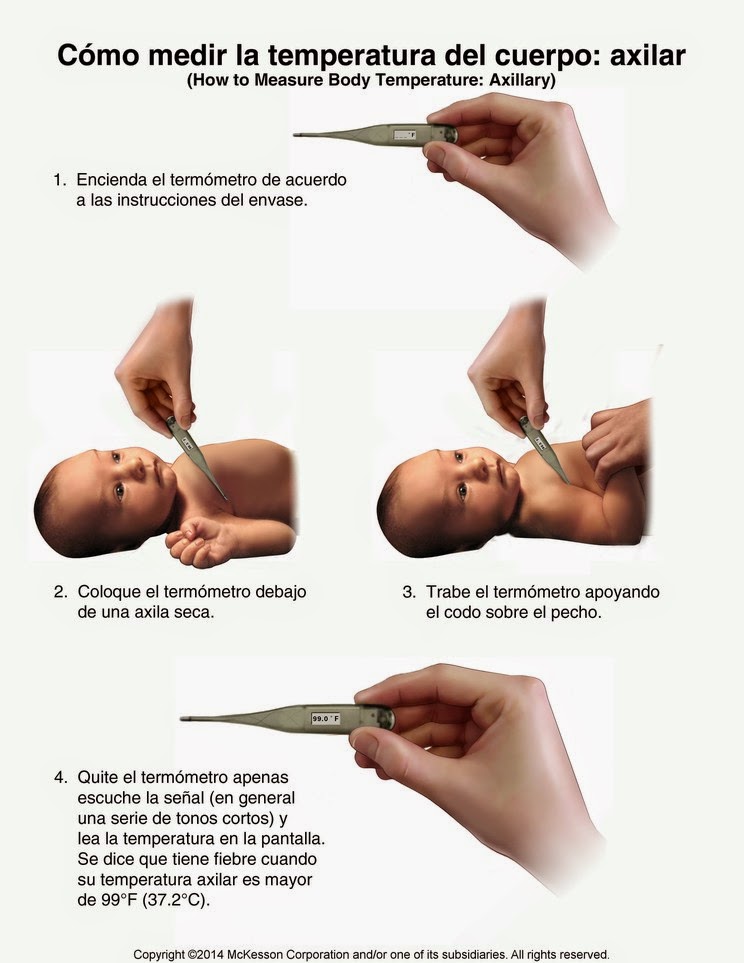 I can say one thing for sure: the introduction of tire pressure monitoring systems significantly improves the culture of equipment operation. The latter is also largely the merit of dispatching systems. After all, it’s one thing when one driver works with the system: you never know what squeaked there, he ignored the signal and drove on.
I can say one thing for sure: the introduction of tire pressure monitoring systems significantly improves the culture of equipment operation. The latter is also largely the merit of dispatching systems. After all, it’s one thing when one driver works with the system: you never know what squeaked there, he ignored the signal and drove on.
It's quite different when a specialist is watching the process from the outside. Let's say we recently noticed low tire pressure in one of our dump trucks. The information goes to the engineer, who asks the driver why he does not respond to alarms? The driver does not take responsibility: they say, I have no time to look after the tires, I have a plan. As a result, the rebel was deprived of the award. Word of mouth works fine, we have never had such precedents again.
Or a significant story with a prototype of the Tonar-7501 dump truck.
A machine with a carrying capacity of 60 tons was presented at the Russian Coal and Mining exhibition in 2018 as an import-substituting product. In the same place, TYREMAN GROUP specialists turned to the manufacturer and offered to equip the dump truck with pressure control sensors and an online monitoring system. Tonar agreed. After the exhibition, the car went to one of our cuts on a rental basis. A few months later, representatives of TYREMAN GROUP contacted me with a request to analyze the operation of tires. And it turned out that the pressure regularly rises to 35%. The classic explanation is that the TKPH has been exceeded, the recommendation, respectively, to reduce the speed or load. But just in case, I check the characteristics of the tires that are installed on the car.
In the same place, TYREMAN GROUP specialists turned to the manufacturer and offered to equip the dump truck with pressure control sensors and an online monitoring system. Tonar agreed. After the exhibition, the car went to one of our cuts on a rental basis. A few months later, representatives of TYREMAN GROUP contacted me with a request to analyze the operation of tires. And it turned out that the pressure regularly rises to 35%. The classic explanation is that the TKPH has been exceeded, the recommendation, respectively, to reduce the speed or load. But just in case, I check the characteristics of the tires that are installed on the car.
And it turns out that the maximum allowable load on the installed tires is 7300 kg per wheel. And "Tonar-7501" is characterized by an axle weight distribution of 8750 kg per wheel - in a laden state. That is, unsuitable wheels were initially installed on the dump truck.
As a result, the tire works under conditions of increased loads, the pressure in it rises, and the temperature becomes higher than the permissible values.